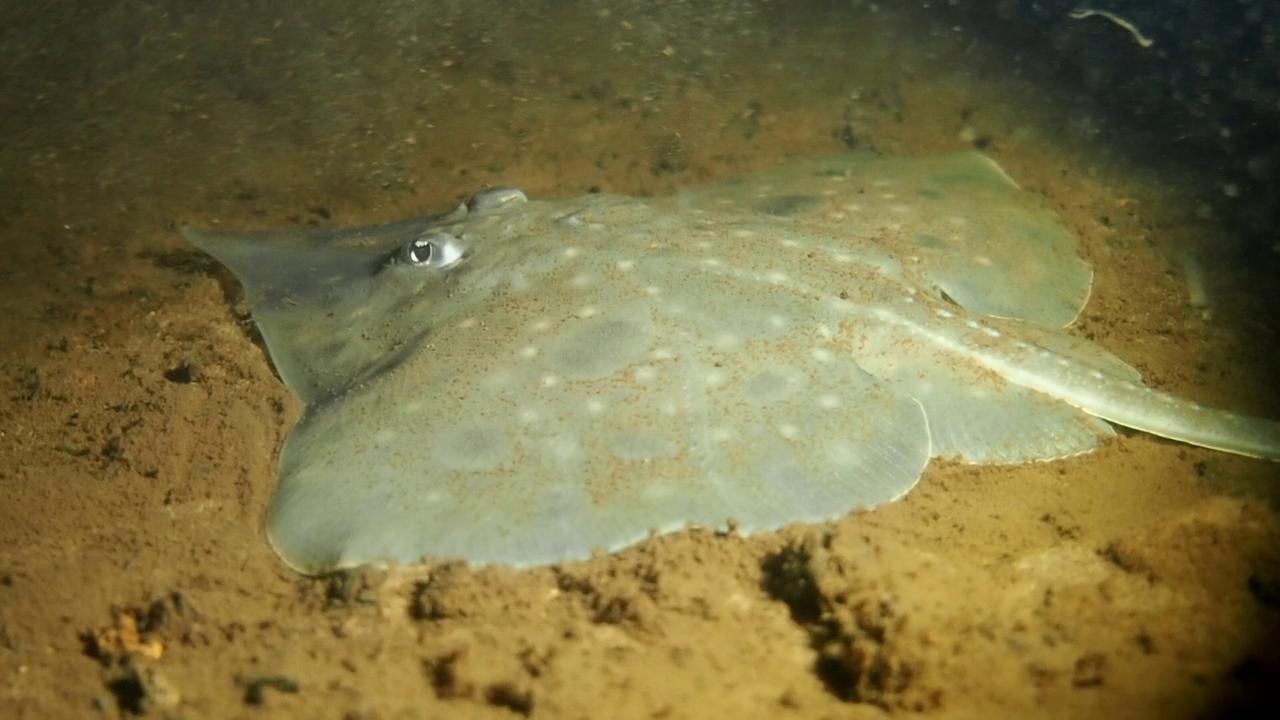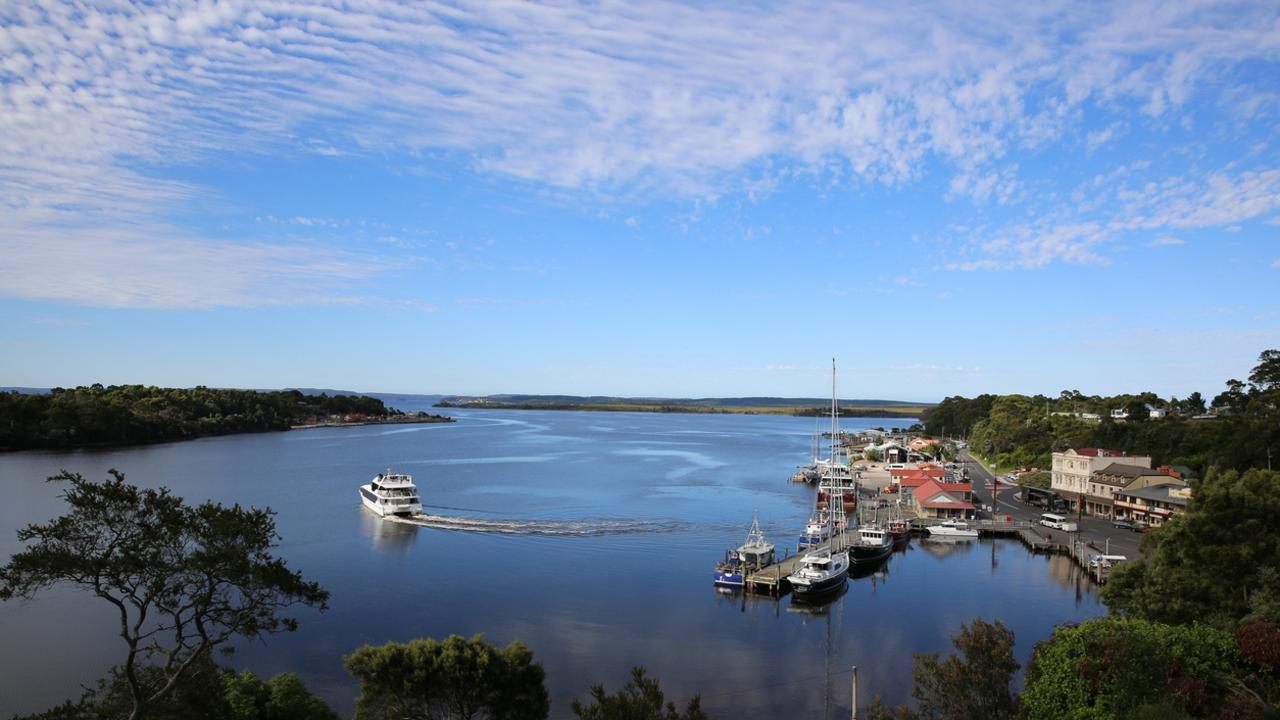‘Thylacine of the sea’: Tassie tourist attraction proposed to honour of the Maugean skate
There is a bid to save a Tasmanian species from extinction and it involves transforming a small remote town into a captivating tourist attraction.

In a bid to save a unique marine species, calls have intensified for the Maugean skate, colloquially known as the “thylacine of the sea,” to be transformed into a captivating tourist attraction for the Apple Isle.
This comes as researchers express grave concerns over the imminent extinction of this fish species, exclusively inhabiting Tasmania’s Macquarie Harbour and Bathurst Harbour, due to alarming environmental changes in the waterway.
Over seven years, the Maugean skate has experienced a staggering decline of nearly 50 per cent, a plummet attributed by environmentalists to reduced oxygen levels in the harbour triggered by climate change and the local salmon industry’s impact.

Environment Tasmania, earlier this year, escalated the urgency by advocating for the Maugean skate to be designated as ‘critically endangered,’ challenging the Federal Government’s “no new extinctions” commitment.
Former Greens senator and environmentalist Bob Brown last week proposed an ambitious plan to establish a Maugean skate centre at Strahan in Tasmania’s remote west.
Dr Brown envisions relocating the existing breeding program from Taroona, in Hobart, to the proposed tourist hotspot.

Dr Brown described a comprehensive attraction showcasing not only the Maugean skate but also various other creatures native to the West Coast environment and the marine expanse of Macquarie Harbour.
Drawing inspiration from successful marine centres like the Seahorse Centre at Beauty Point north of Launceston, Dr Brown argued that the potential tourism boost could diversify the economic landscape of the West Coast.
“It would be a very good visitor attraction, and other marine centres, like the Seahorse Centre at Beauty Point, don’t restrict themselves to just seahorses; there are other things there,” said Brown.

“There’s a lot of federal money flowing, and it just shouldn’t just go into fixing up the mess caused by the industrial fish farming; it should go stimulating good tourism jobs on the West Coast.”
Expressing optimism, Dr Brown, in a letter to Tanya Plibersek’s office, received a response from Threatened Species Coordinator Fiona Fraser. “No decisions have been made with regards to the location of any further facilities,” Dr Fraser told Dr Brown in a letter.

“However, while there are many factors to consider, the Australian Government is aware of the benefits for the West Coast community if facilities could be established at Strahan.”
Encouraged by the response, Dr Brown stated, “I’m very pleased that the Federal Government hasn’t closed the door on the idea and left it open.
“I really think it wouldn’t be too difficult for the state government or private enterprise to get together with the federal Government and establish an architecturally beautiful Maugean skate centre on the West Coast,” he added.

The urgency to preserve the Maugean skate has been further underscored by the University of Tasmania’s Institute for Marine and Antarctic Studies (IMAS).
Monitoring the skates since 2021, IMAS reported a staggering 47 per cent population decline between 2014 and 2021.
According to IMAS researcher David Moreno, the limited range and genetic diversity of the Maugean skate, coupled with the sharp decline in numbers, are compelling evidence that the population is at significant risk.
“We recently found that Macquarie Harbour was the last remaining habitat for Maugean skate and, like other endemic species, this limited range means their conservation is inextricably linked with the health of the system they live in,” he told AAP in May.




